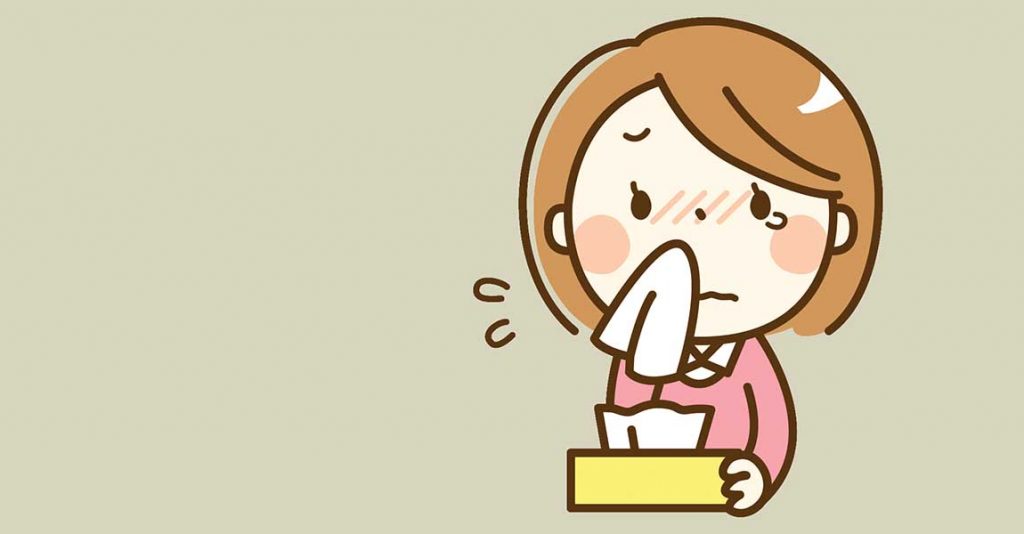By Trung Nguyen, Pharmacist, B. Pharm.
Hayfever is a common allergy, affecting every one in five people in Australia. And while hayfever is usually harmless, it can cause a great deal of physical discomfort among kids and disrupt their sleep — making them irritable and tired which isn’t pleasant for them or their parents.
So, what exactly is hayfever, why does it wreak havoc on us in spring and summer, and what can we do to relieve the symptoms of this allergy among children?
Hayfever, also called allergic rhinitis, is an allergic reaction that occurs when air-borne pollens and dust mites get into the nose, throat and eyes, causing inflammation. If your child is allergic to pollens, then they are likely to experience seasonal hayfever in spring and summer when these plants and trees are actively releasing their pollens.
Perennial hayfever on the other hand can happen all year round and is brought on by the presence of dust mites, animal fur or hair, and mould spores.
The symptoms of seasonal or perennial hayfever are similar though, and may include a runny or blocked nose, red and watery eyes, itchy throat and roof of the mouth, sneezing and sniffing.
While unfortunately there is no cure for hayfever, thankfully there are preventative measures you can take to minimise your child’s exposure to the allergens that trigger it and provide relief to treat symptoms when they do occur. Here are some of the options.
Prevention
Reducing or eliminating exposure to the allergens that trigger your child’s hayfever symptoms is the first step you should take to prevent its onset.
If their hayfever is seasonal, try to limit outdoor play on days that are especially warm and windy as this is when pollen is most likely to be circulating. You can track the level of pollen circulating
using the Pollen Forecast app.
You should also try to keep indoor spaces free of dust mites by regularly washing bedlinen and choosing bedding materials that are less likely to harbour dust mites — such as polyester filled quilts instead of feather and down. If you have pets and home, you may try to keep them away from your child’s bedroom and regularly vacuum and dispose of any fur that they shed.
Relief
The most common relief treatment for hayfever are antihistamines, which help to stop the sneezes, itching and runny nose. For a blocked nose associated with hayfever, a corticosteroid nasal spray is an effective treatment that can be used as needed, either seasonally or all year round.
Avoid giving your child a decongestant nasal spray as these can only be used for a maximum of 5-7 days and can have the effect of drying out and blocking the nose if used beyond that.
Other types of hayfever relief are available over the counter in pharmacies. Look for products designed for children, for example Chemist’s Own Children’s Hayfever Allergy Relief Syrup.
If your child’s hayfever symptoms are severe and persistent, see your GP for advice and a possible referral for specialist immunotherapy. This involves introducing the allergen to your child in a controlled environment in gradually increasing doses to obtain the effect of eventual desensitisation.
By limiting your child’s exposure to the things that trigger their allergy symptoms and by having appropriate relief at hand, hayfever needn’t stop them from enjoying the spring and summer months being active and playful.
Always read the label. Follow the directions for use. If symptoms persist, talk to your health professional.

